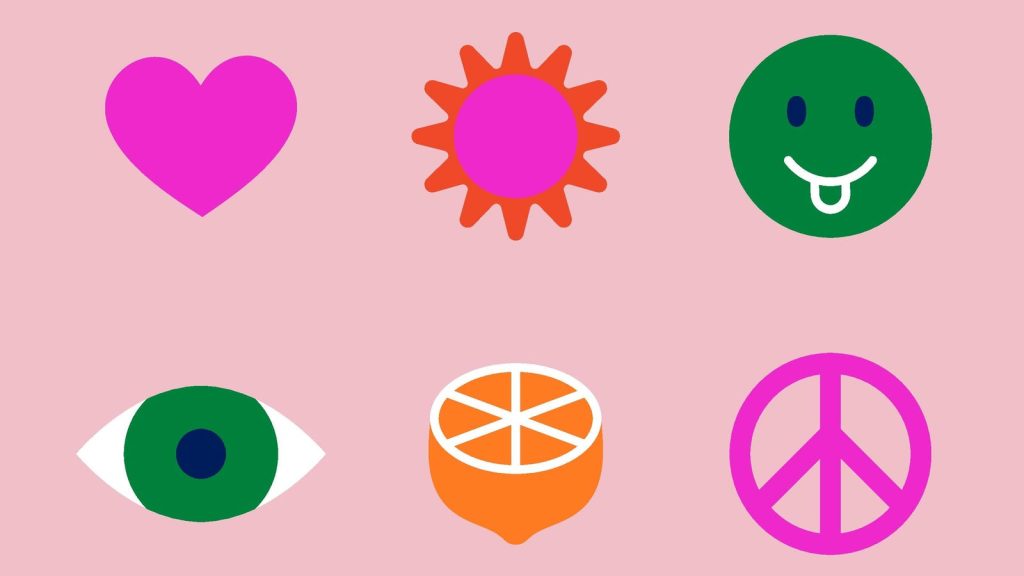What is happiness, really? Positive psychology pioneer Martin Seligman asked this very question and discovered that lasting wellbeing isn’t about chasing fleeting pleasures. It’s about building a life that feels whole and deeply lived.
So, he developed the PERMA Model — a framework that offers a grounded, research-backed path to wellbeing. Rather than urging you to just “think positive,” it invites you to construct a life based on five core pillars: Positive Emotion, Engagement, Relationships, Meaning and Accomplishment, or “PERMA.”
Here is a breakdown of the PERMA model, and the practical ways you can begin cultivating each pillar today.
1. Positive Emotion
This is not about toxic positivity at all. This is about intentionally inviting in joy and gratitude, even in the smallest of doses. Most people equate happiness with automatically being cheerful all the time.
However, a 2020 study published in Emotion Review shows that actively engaging in simple practices such as gratitude journaling, savoring and acts of kindness can reliably increase positive emotions and even contribute to better physical health. The key is that these emotions can be cultivated.
Positive emotions don’t erase life’s challenges, but they do broaden our perspective. Here’s how to build on them:
- Create a gratitude ritual; a 3-minute practice each evening. List three things that felt good today, however small. Over time, your brain becomes better at noticing what’s working rather than only scanning for stress.
- Practice “savoring.” When something pleasant happens, pause and stretch the moment. When you have that cup of tea, take three slow breaths with it. When your child laughs, soak in their expression before moving on.
However, don’t confuse this with denying or suppressing difficult emotions. Suppressing feelings increases stress. Balance is key. So let yourself feel the hard moments while intentionally noticing the lighter ones.
2. Engagement
Do you ever lose track of time doing something you enjoy? That’s characteristic of a flow state. A 2020 study shows that flow isn’t just a mood, it’s a state where the brain’s motivation and attention systems are working in harmony. The dopaminergic and noradrenergic systems fire up, boosting motivation and lifting mood. Here, three major brain networks interact:
- The “central executive network” keeps you laser-focused on the task.
- The “salience network” helps you filter distractions and prioritize what matters.
- The “default mode network,” usually busy with self-referential thoughts, quiets down, explaining why you lose self-consciousness and become fully immersed.
Here’s how to build your desired engagement level:
- Reconnect with a creative hobby you have shelved. Painting, coding, gardening or even cooking a new recipe, anything works.
- Schedule no-scroll blocks in your week. Stop passive scrolling and start actively engaging in cognitively challenging tasks such as puzzles. You can also start learning something new to help feel energized and mentally stimulated.
You may resist starting, but once you’re in it, you’ll emerge feeling more energized and satisfied than you would from an hour of passive entertainment. People who regularly experience flow report not only higher life satisfaction but also greater resilience in the face of stress. Meaningfully engaging with your life is a essential to feeling like you’ve truly lived.
3. Relationships
Human connection is the most robust predictor of long-term wellbeing. Not likes or followers, but authentic, safe, reciprocal relationships.
Decades of research confirm this. The Harvard Study of Adult Development, the longest-running study of human flourishing, highlights a deep truth: “Good relationships lead to health and happiness. The trick is that those relationships must be nurtured.” (Waldinger & Schultz, The Good Life).
The study’s findings are striking. Researchers found that close relationships, more than money or fame, are what keep people happy throughout their lives. These bonds protect us from life’s discontents, delay mental and physical decline and even predict longevity better than social class, IQ or genetics.
In fact, satisfaction with relationships at age 50 was a stronger predictor of health in later life than even one’s cholesterol levels.
Yet, nurturing relationships is not always easy in a distracted world. As Waldinger and Schultz noted, by 2018 , the average American was spending 11 hours a day in solitary activities like watching TV or scrolling social media, leaving just 58 days with friends across nearly three decades, compared to over 4,800 days with screens.
These statistics are humbling, but offer an important turning point. Here’s how you can start nurturing your relationships:
- Create a “reach out” ritual. Once a week, call or message someone just to say hello. No agenda, no waiting for an occasion, just presence, and letting someone in on your life.
- Practice high-quality presence. During your next conversation, give your full attention for at least two minutes. Without any devices or scope of multitasking. The other person will feel the difference.
Remember, strong relationships don’t mean never fighting. Bonds built on curiosity, kindness and the willingness to mend ruptures last stronger than any relationship that starts off on a seemingly strong note.
4. Meaning
Meaning is the compass that steadies us when life feels chaotic. It isn’t just a lofty idea. According to research, it has measurable effects on our wellbeing. Recent studies found that people who prioritize meaning in their daily lives report greater happiness, more gratitude, higher life satisfaction and a stronger sense of coherence, even beyond the benefits of simply seeking out positive emotions.
That’s because meaning doesn’t require life missions. It often shows up in the small, intentional choices we make: seeing our struggles as opportunities to live our values, showing up for a cause we care about, connecting with our community or family in ways that affirm a deeper purpose and more. The studies also revealed that prioritizing meaning directly fuels the experience of meaning, which in turn amplifies your wellbeing.
Here’s how to start creating more meaning:
- Reflect through journaling. Write about a past challenge and ask: What value did this bring out in me? What did it teach me about what I stand for?
- Serve in small ways. Volunteer, mentor and be of support to a friend. Even brief acts of service restore a deep sense of purpose.
And, remember that a life filled with pleasures but devoid of meaning often feels hollow. Meaning gives context to our struggles and amplifies the richness of our joys, acting as the quiet anchor of long-term wellbeing.
5. Accomplishment
As opposed to the common notion that accomplishment is about chasing prestige, it’s actually about the quiet satisfaction of moving toward goals that feel authentic to you. Without it, life can feel like treading water, even when everything else seems fine.
Research shows that having achievement goals is strongly linked to greater life satisfaction. But it isn’t so much the goals themselves but the sense of agency they create.
When you believe your actions can truly shape your future, your wellbeing improves. The same study also found that people who practice emotion reappraisal — the ability to reframe setbacks and challenges — experience an even stronger boost in life satisfaction from their goals.
Accomplishment is about cultivating competence and self-trust through steady effort and reframing challenges along the way. Here’s how to build a healthy sense of accomplishment:
- End your day with a “done list.” Rather than a “to-do” list, write down what you did accomplish, whether it’s as simple as finishing a report or showing up for a difficult conversation, that makes you want to avoid it otherwise.
- Break big goals into micro-steps. Want to write a book? Commit to 10 minutes of writing daily. Want to improve your health? Start with a 5-minute walk.
Also, real accomplishment often looks quieter than we expect. It’s the daily rhythm of small, meaningful wins, and the mindset that turns setbacks into stepping stones that builds long-term confidence and life satisfaction.
Lastly, remember that the five pillars are intertwined. You don’t have to work on all five at once. Often, they feed into each other. A meaningful friendship (R) can increase joy (P). Achieving a small goal (A) can boost your engagement (E) and deepen your sense of purpose (M).
Think of the PERMA model as your personal wellbeing toolkit. Want to know how stocked yours is? Take the science-backed Flourishing Measure to find out.
Read the full article here









